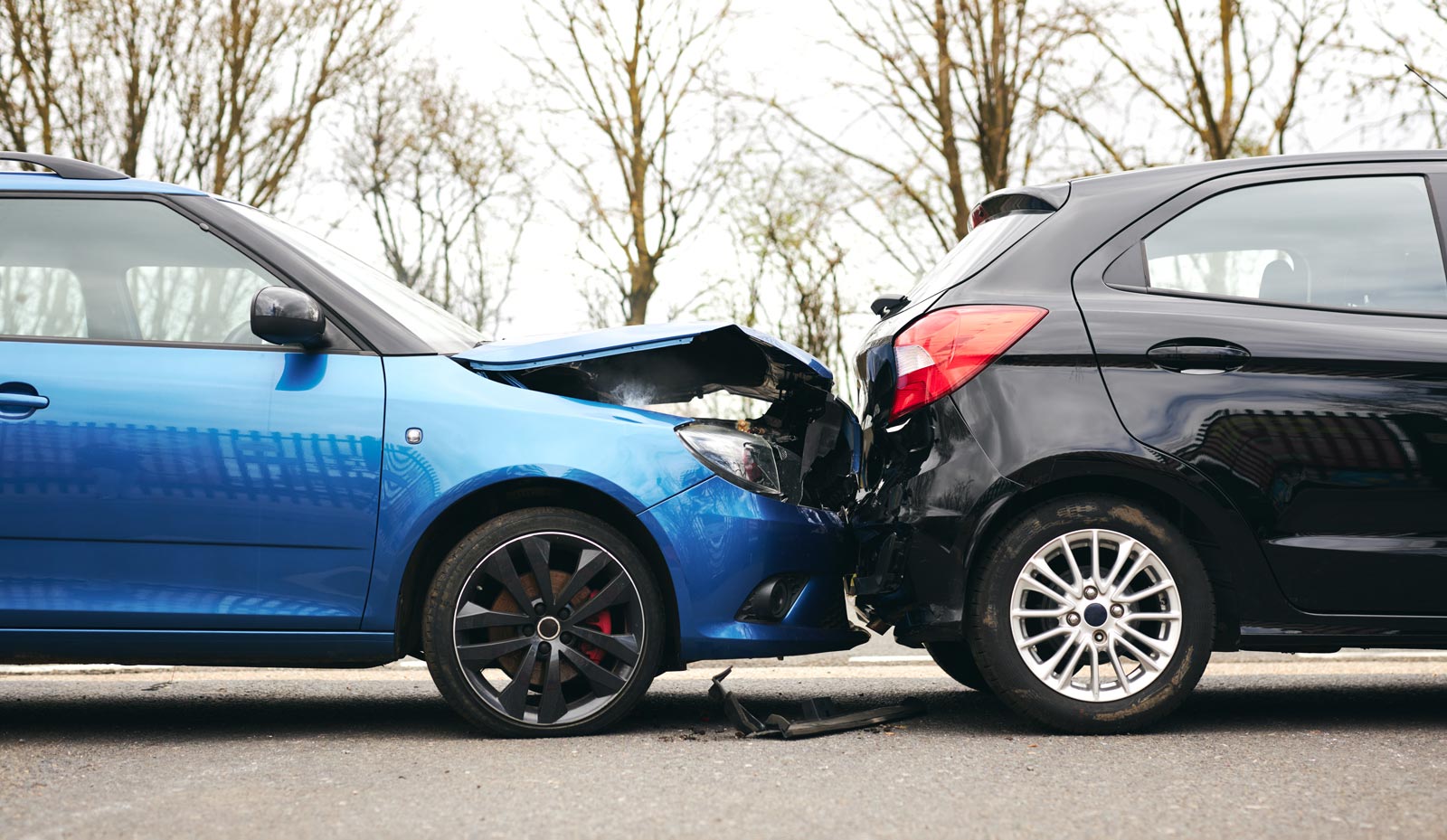We’ve all heard the slogan, “Click it or ticket!” and most Texans buckle up before hitting the road. However, a single decision can result in tragedy; hundreds of people die every year because they failed to use a seat belt. Other times, defective seat belts fail and leave a law-abiding motorist with catastrophic injuries.
Whether you were harmed by a defective seat belt or opted against wearing one, your claims may face strong opposition from the insurance company. In this article, Crosley Law explains Texas’s seat belt laws, comparative fault, and how they may impact your legal claims after a crash.
What Are Texas’s Seat Belt Laws?
Under Texas law, seat belts are mandatory under most circumstances.
- Adults and teens over the age of 15 can face criminal charges if they do not use an available seat belt.
- Texas’s seat belt laws apply to drivers and all passengers, whether they are in the front or back seat.
- It’s also illegal to let a child ride in a passenger vehicle while unrestrained by an age-appropriate safety seat or seat belt.
If the police see that you are riding in a vehicle while unrestrained, they can stop your car and issue a ticket—and you may face misdemeanor criminal charges, fines, court fees, and other consequences.
However, you may face more than criminal penalties if you decide not to wear a seat belt. Seat belts are known to prevent injury and death in traffic accidents. According to the Centers for Disease Control and Prevention (CDC), wearing a seat belt can halve the risk of serious injury and death in a wreck.
In 2018, at least 986 unrestrained people died in car crashes in Texas, and more than 8,400 more suffered injuries. Most of them were the vehicle’s driver.
RELATED: Larry’s Story: Crosley Law Helps a Bus Passenger After a Hit-and-Run Crash
If You Don’t Buckle Up, You May Lose Out on Compensation in an Injury Claim
If you or someone you love wasn’t wearing a seat belt at the time of a crash, it may impact your right to compensation. In 2015, the Texas Supreme Court ruled that evidence of a victim’s not wearing their seat belt could be used to prove their comparative fault, as long as the non-use contributed to their losses. What Is Comparative Fault?
It’s not uncommon for multiple parties to contribute to a crash. For example, suppose you are driving on a residential street, going five miles per hour over the speed limit. As you enter an intersection, another car ignores a yield sign and t-bones your vehicle. While you will argue that the other driver caused the crash, their insurance company may claim that your speed was to blame. To resolve your dispute, the court will apply Texas’s comparative fault rules.
Unlike some states, you can still recover damages in Texas if you contribute to a crash—as long as you are less than 51% at fault for the wreck and your injuries. However, your compensation will be reduced by your degree of negligence. So, if you were 15% at fault for a crash and you have $100,000 in damages, you can only recover $85,000 in an injury claim.
How Does Comparative Fault Apply When Someone’s Not Wearing a Seat Belt?
In an injury claim involving an unrestrained victim, insurance companies often argue that their failure to wear a seat belt was the main reason for their injuries. To fight back, you’ll need support from an experienced injury lawyer and a team of specialists, including doctors, accident reconstruction experts, and engineers.
RELATED: Don’t Miss Out on Product Liability Compensation After a Car Wreck
What if My Seat Belt Was Defective?
Sometimes, seat belts fail or are defective. In these cases, you may have buckled up, only to have your belt suddenly release during an impact. This can happen in a variety of ways:
- Unlatching: The belt’s latch releases during a collision.
- False latching: The seat belt appeared latched before the crash, but was not fully connected. Even a minor collision can cause a falsely latched belt to disconnect.
- Unspooling: Sometimes called retractor failure, the fabric belt loosens and does not keep an occupant in place during a crash.
- Design defects: Seat belt systems do not always meet minimum safety standards and may not adequately protect people of certain shapes and sizes.
- Material defects: Manufacturers sometimes use damaged or defective materials.
In these cases, you may have a product liability claim involving the seat belt’s manufacturer, distributor, and other companies.
Seat belt defects are not uncommon. In fact, in the last decade, major automakers like Ford, General Motors, and Kia have recalled millions of vehicles due to defective seat belt systems.
If you suspect that your injuries were due to a defective seat belt, consult with an injury lawyer as quickly as possible. You will need to act quickly to preserve your evidence and investigate your claims.
Crosley Law: Aggressive San Antonio Car Accident and Product Liability Lawyers
If you suffered injuries in a car wreck because your seat belt failed or was unbuckled, contact Crosley Law immediately. Due to Texas’s comparative fault laws, the insurance companies may try to unfairly shift blame to you—and may even deny your claim.
Our team of injury lawyers has handled numerous car crash and product liability claims. We work with nationally respected experts and have built a reputation for our cutting-edge tactics and track record. To schedule a free consultation, please call us at 210-LAW-3000 | 210-529-3000 or fill out our simple online contact form.
References
Buckle up: Restraint use in Texas. (Dec. 2014). Centers for Disease Control and Prevention. Retrieved from https://www.cdc.gov/motorvehiclesafety/pdf/seatbelts/restraint_use_in_tx.pdf
Nabors Well Services v. Romero. 456 S.W.3d 553 (Texas, 2015). Retrieved from https://law.justia.com/cases/texas/supreme-court/2015/13-0136.html
Restraint use by injury severity and seat position. (2018). Texas Department of Transportation. Retrieved from http://ftp.dot.state.tx.us/pub/txdot-info/trf/crash_statistics/2018/08.pdf
Tex. Trans. Code Ann. §545.413 (2015). Retrieved from https://statutes.capitol.texas.gov/Docs/TN/htm/TN.545.htm
The content provided here is for informational purposes only and should not be construed as legal advice on any subject.









